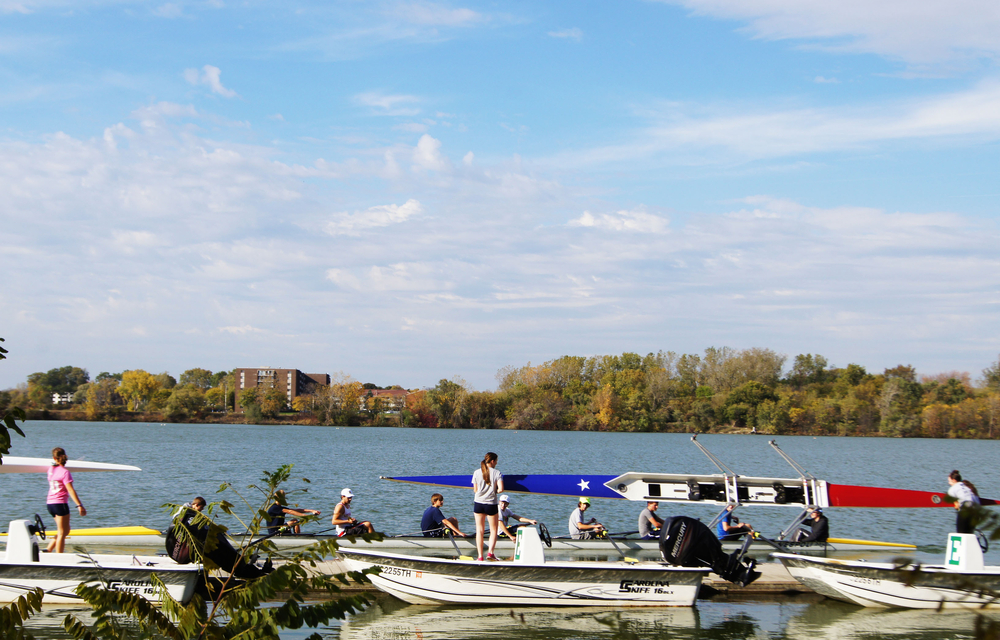Back to School: A Look at the Internet Access Gap
Date: August 6, 2020

With the coronavirus pandemic still ongoing, many students, parents, and teachers are preparing to start the new school year online. However, access to the internet, and high-speed broadband internet (e.g. cable, fiber optic, or DSL) in particular, is highly unequal. Data shows that low-income households disproportionately lack access to broadband internet, putting their children at risk of falling behind.
More than one in five low-income households did not have any access to the internet in 2018, more than four times the rate of all other households. A staggering 43.7 percent of low-income households lacked access to personal high-speed internet at home, more than double that of the rest of the population.
Figure 1: Internet Access Among U.S. Households
| Share of Households Without Internet Access | Share of Households Without Personal Broadband Internet Access | |
| All Households | 11.9% | 28.4% |
| - Low-Income Households | 22.4% | 43.7% |
| - Other Households | 5.1% | 18.6% |
Our analysis of data from the American Community Survey (ACS) shows that immigrant communities are also heavily affected. More than 5.2 million immigrant households, almost three out of 10, lacked access to personal broadband internet access at home in 2018. This includes 2.2 million households with no internet access and an additional 3 million households accessing the internet only by cell phone or dial-up connection.
Unsurprisingly, low-income immigrant households were even more likely to lack access, with 41.9 percent of low-income immigrant households having no personal high-speed internet connection at home.
Figure 2: Broadband Internet Access Among Immigrants Households
| Number of Households Without Personal Broadband Internet Access | Share of Households Without Personal Broadband Internet Access | |
| All Immigrant Households | 5.2M | 29.0% |
| - Low-Income Immigrant Households | 3.5M | 41.9% |
When looking at broadband internet access, we have excluded households living in group settings, such as universities and nursing facilities, and the ones with free internet access provided by their employers or cities and towns, since ACS does not release information about the types of internet access for these individual households.
Looking at high-speed internet access among households of different races and ethnicities, Black and Hispanic households are more likely to lack broadband access than White households. Nearly 39 percent of Black households and 27.9 percent of Black immigrant households, and 34.7 percent of Hispanic households and 39.1 percent of Hispanic immigrant households, lacked personal broadband access at home, compared to 26.0 percent of White households.
Figure 3: Broadband Internet Access Among U.S. Households
| Share of Households Without Personal Broadband Internet Access | |
| Black Households | 38.9% |
| - Black Immigrant Households | 27.9% |
| Hispanic Households | 34.7% |
| - Hispanic Immigrant Households | 39.1% |
| White Households | 26.0% |
As school districts across the country prepare to begin classes online due to Covid-19, students in households without high-speed internet access face significant challenges. More than one in five households with school-age children (ages 6-18), including 1.6 million immigrant families, do not have personal broadband internet access at home. This includes 1.5 million households that have no internet access of any kind, as well as 4.6 million households that access the internet at home solely by cell phone or dial-up connection.
Figure 4: Internet Access Among Households With School-Age Children
| Number of Households Without Personal Broadband Internet Access | Share of Households Without Personal Broadband Internet Access | |
| All Households With School-Age Children | 6.2M | 20.8% |
| - Immigrant Households With School-Age Children | 1.6M | 24.1% |
Reducing the gap in internet access during the pandemic is critical to ensure that children from disadvantaged households won’t be left behind as schools transition to online learning. Furthermore, to help American students during this challenging time, immigrants are also working hard on the frontlines as educators. Past NAE research has already found almost 900,000 immigrants working in K-12 education and more than 750,000 immigrants in higher education.
For more information, please check out our research portal of Immigration and Covid-19 with weekly updates. If you have any specific questions about our data, please reach out to us at info@newamericaneconomy.org.






